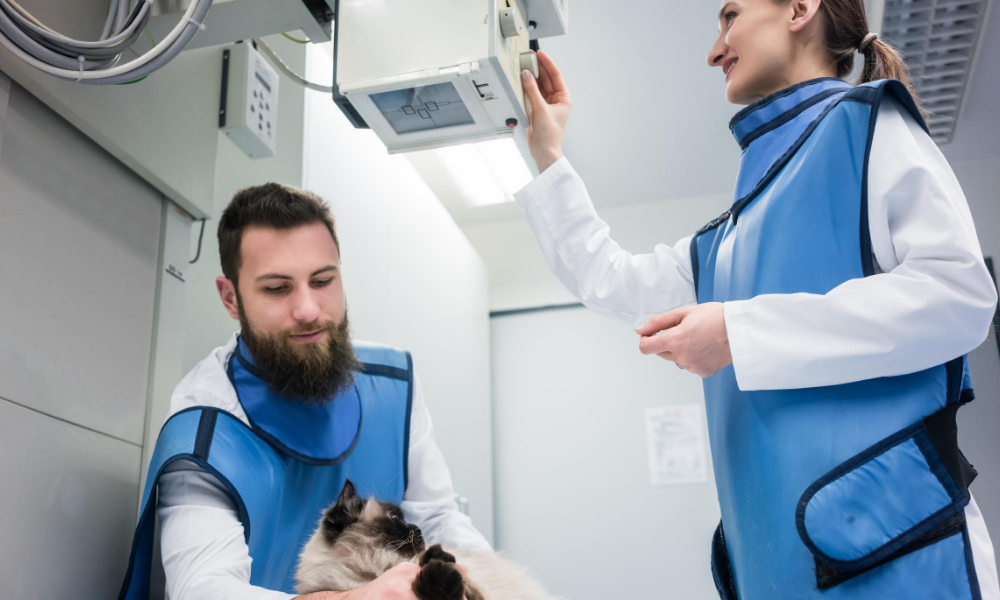An abdominal ultrasound is a tool that can help you with visualizing and diagnosing a variety of conditions in your canine and feline patients.
Today, we’ll be talking about evaluating the gastrointestinal tract.
Depending on your patient, you may be doing an ultrasound exam of the stomach, small intestines, and colon to look for…
Inflammation and wall thickening
Foreign bodies
Neoplasia
Pyloric outflow obstructions
Intussusceptions
Enlarged mesenteric lymph nodes
This isn’t an exhaustive list…
But basically, if the patient is having GI symptoms and your x-rays haven’t provided the answer you need, an ultrasound is often a good next step.
That’s because it provides more details about tissue structure in real-time, as opposed to just the silhouette of radiographs. Often, x-rays and ultrasound work well together.
It may take a little bit of practice, but with experience you can catch on to ultrasound technique and do your ultrasound exams in-house rather than referring.
Here are a few tips for getting the diagnostic information you need during a simple ultrasound evaluation of the GI tract…
If possible, have the patient fast beforehand. That way, you can get a clear picture of the GI tract without a lot of food or fecal matter to block your view of certain structures or create artefacts such as shadowing. You can also consider an enema if needed.
Position the patient. Dorsal recumbency is most common, although lateral recumbency may also be used, especially for visualization of deeper structures. Use a trough for comfort, and if appropriate consider sedation (most patients don’t need to be sedated, though).
Experts recommend having a systematic approach to look at the entire abdomen. Whichever viewing order works best for you, it’s good to be consistent so nothing is forgotten. And, the GI tract will be an important part of your evaluation.
Choose a machine and probe that work best for your needs, then practice and develop comfort using the different settings, especially adjusting depth and gain (brightness). That way, you can focus on seeing what you want to see, rather than fussing with settings during your ultrasound exam.
Start at the stomach by locating it just caudally to the liver. Rock and fan the probe to systematically obtain orthogonal views of the whole stomach from fundus to pylorus.
Next, examine the intestines and cecum.
The duodenum, ileum, cecum, and colon are examined individually.
For the jejunum, you don’t need to follow every loop from beginning to end. Instead, scan the abdomen starting at the level of the stomach. Slide or sweep the probe from side to side, gradually moving cranially to caudally until you’ve visualized the entire field (usually you would stop at the level of the urinary bladder trigone).
Along the way, take notes to help you prepare your report for your patient’s medical record. Be sure to include what was normal, as well as any abnormalities you found, such as masses or thickened intestinal walls.
While scanning, you can freeze images for your records and take measurements if you feel anything may be enlarged.
When you develop your ultrasound skills, having this tool at your disposal can often give you quick information when you need it—for example, looking for a GI mass or obstruction when x-rays were inconclusive.
It’s a great way to offer an additional service to your patients and clients, and possibly to stand out from other clinics in your region.
Written by: Dr. Tammy Powell, DVM
























